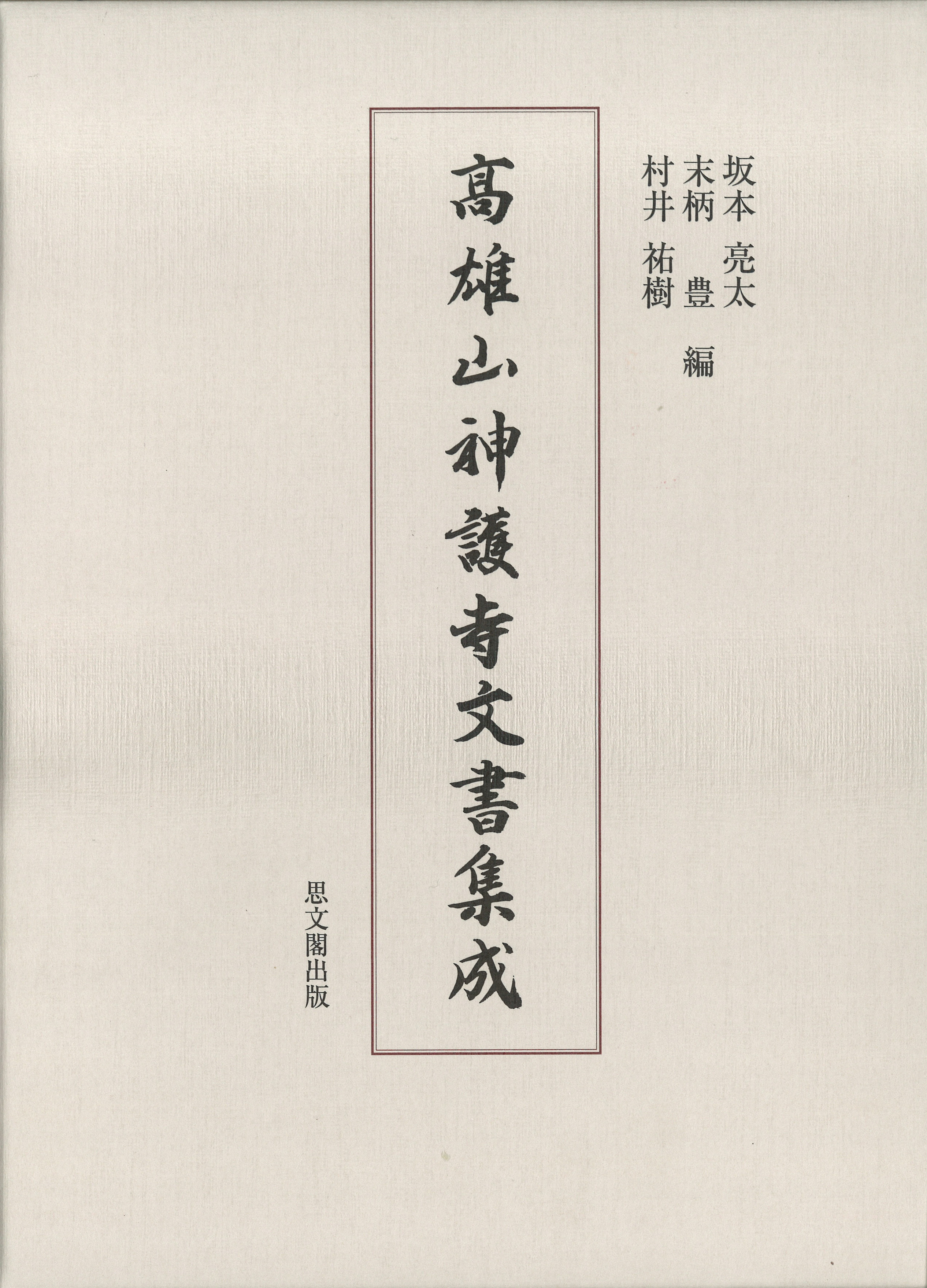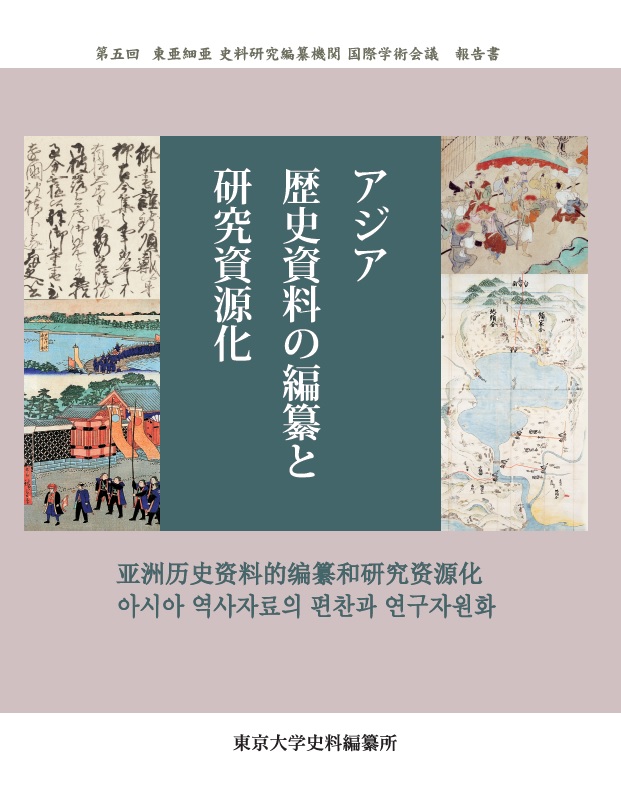
Title
Chuuseisiryou tono Kaikou (Encounter with Medieval Historical Documents)
Size
580 pages, A5 format
Language
Japanese
Released
May, 2024
ISBN
978-4-7842-2083-0
Published by
Shibunkaku
Book Info
See Book Availability at Library
Japanese Page
History as an academic discipline is based on historical documents. In this case, historical documents are written materials such as old documents and old chronicles left behind by people of the time. How do we encounter these historical documents? And how do we analyze them? This book will help us to answer these questions, with the introduction to the first part (Inubutobouki) and this volume as a sample (albeit somewhat peculiar) of the latter. This volume is a compilation of the writings I have written on the historical documents of the Muromachi, Sengoku, and Oriho periods that I have encountered by chance on various occasions and in various places since I started working at the Historiographical Institute of the University of Tokyo in April 2000, each time writing about what I “learned” from the respective documents. This is the reason why I named this book “KAIKOU” (“Encounter”). The reason why the preface is called “Inu-wo-tobo-ki” is because the second sentence in the “Dictionary of the Japanese Language” (2nd ed.), “In doing something, you may meet with unexpected good fortune, and even a person without talent may come across a good thing after doing it a few times. That's what this book is all about. This is what this book is all about. In other words, the main purpose of this book is to read and analyze what is written in historical documents that we happened to come across by chance, accident, or good fortune, and to bring to light and introduce previously unknown facts (or what is thought to be facts), as well as to convey the interest of the historical documents themselves. Therefore, it is not a book that pursues a specific subject or theme in depth, and is naturally different in character from books that are written with a firm outlook and “something” to assert. There is no scheduled harmony there. I would like to emphasize this point in advance. There was a time when historical narratives were those that projected the principles and ideals of individuals. Today, however, such works are categorized as “outrageous books” and are not treated as scholarly achievements. Those who wish to study history as an academic discipline should first recognize this point.
Although this book is limited to the narrow field of medieval Japanese history and the latter half of the 20th century, we believe that if you read it as a monograph, you will enjoy the real thrill of exploring this field based on historical documents.
(Written by MURAI Yuuki, Associate Professor, Historiographical Institute / 2024)



 Find a book
Find a book





